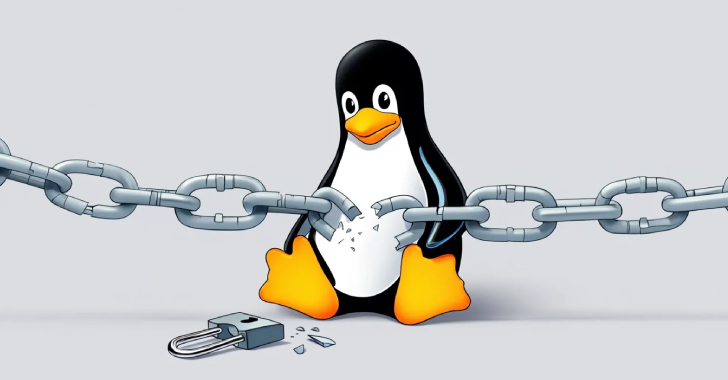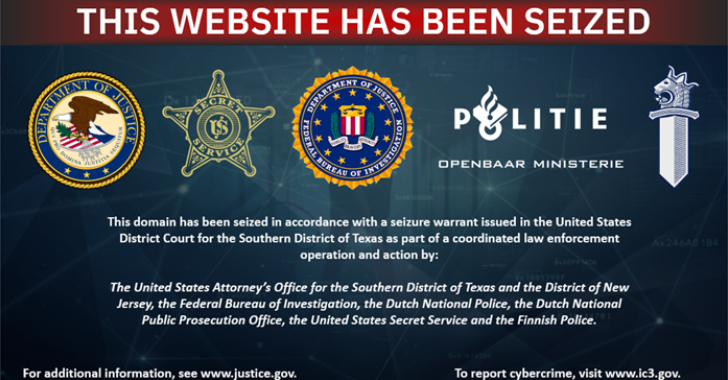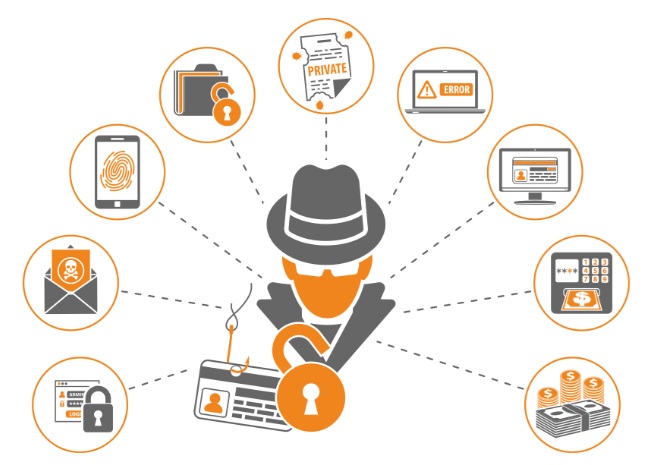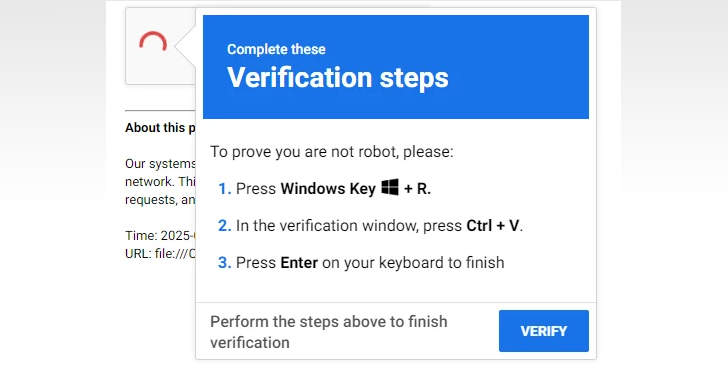
Fine-Tuning CIS-Based Risk Assessments in Industrial IoT
The industrial Internet of Things (IIoT) is a marvel of modern engineering and innovation, interconnecting machinery, devices, and systems on an unprecedented scale. But with its growth, so too have the associated security risks grown. As industries adopt IIoT, establishing robust risk assessment methods has become a priority. Among the standards and guidelines being employed, the Center for Internet Security’s (CIS) recommendations stand out as a trusted framework. But how can businesses fine-tune these CIS-based risk assessments to suit the unique landscape of the IIoT? Let’s explore.
Understanding the Specifics of IIoT
The IIoT isn’t just a collection of connected devices; it’s an intricate network where manufacturing processes, supply chains, and critical infrastructure often intertwine. Unlike consumer IoT devices like smart thermostats or wearables, the devices in IIoT often control processes where a malfunction or breach can result in significant economic, environmental, or even life-threatening consequences.
The Role of CIS in Risk Assessment
CIS has laid down a comprehensive set of critical security controls that help organizations prioritize the security actions that make the most difference. Originally crafted for broader digital ecosystems, the challenge lies in adapting them to the IIoT sphere. This requires an understanding of IIoT’s unique vulnerabilities and threats and then fine-tuning the application of CIS guidelines accordingly.
Steps for Fine-Tuning:
- Recognize the Unique Nature of IIoT Devices: Unlike traditional IT devices, IIoT devices can have longer operational lifetimes, often spanning decades. Their firmware may not be frequently updated, and some might not even support updates. Recognizing this, companies should prioritize controls that address hardware integrity and long-term vulnerabilities.
- Deploy Microsegmentation: The diverse nature of IIoT devices means that they shouldn’t all be treated equally. By segmenting devices based on their functions and associated risks, companies can apply CIS controls more effectively. Devices controlling critical functions might warrant stricter access controls than less crucial devices.
- Emphasize Network Monitoring and Anomaly Detection: Given the potential scale of IIoT deployments, manual checks are often impractical. Automated network monitoring can track device behaviors, ensuring they adhere to their expected patterns. Any deviation can be flagged for further inspection. This not only safeguards against external threats but also internal errors, which could be just as detrimental.
- Develop IIoT-specific Incident Response Plans: While CIS provides a broad guideline on incident responses, IIoT requires specialized plans. For instance, if a device in a nuclear power plant is compromised, the response would be vastly different from a compromised office printer. IIoT-focused response strategies ensure that crises are managed with the right expertise and priority.
- Prioritize Secure Configurations: Many IIoT devices come with default settings that might not be secure. Companies should ensure that, based on CIS recommendations, all devices are deployed with secure configurations from the get-go. Regular audits can ensure these configurations remain uncompromised.
- Enhance Vendor Communication: Many IIoT solutions involve third-party components. It’s essential to have clear communication lines with vendors, ensuring that any vulnerabilities discovered can be addressed promptly. Collaborative efforts can significantly enhance security profiles.
Looking Ahead: Continuous Adaptation
The IIoT landscape is continuously evolving, with new devices, protocols, and use-cases emerging regularly. It’s not enough to fine-tune CIS-based risk assessments once; it’s a continuous process. Regularly revisiting and adjusting the risk assessment framework is essential.
Moreover, industries should also look to contribute to the broader community. Sharing insights, challenges, and solutions regarding IIoT security can help in refining and enhancing the CIS guidelines further.
Conclusion
The promise of IIoT is undeniable. It holds the potential to revolutionize industries, making them more efficient, adaptable, and productive. However, its benefits come with associated risks. Fine-tuning CIS-based risk assessments for the unique challenges of IIoT ensures that businesses can harness its potential without compromising security. With the right measures in place, the future of IIoT looks not only promising but also secure.
Contact Cyber Defense Advisors to learn more about our CIS-Based Risk Assessment solutions.





